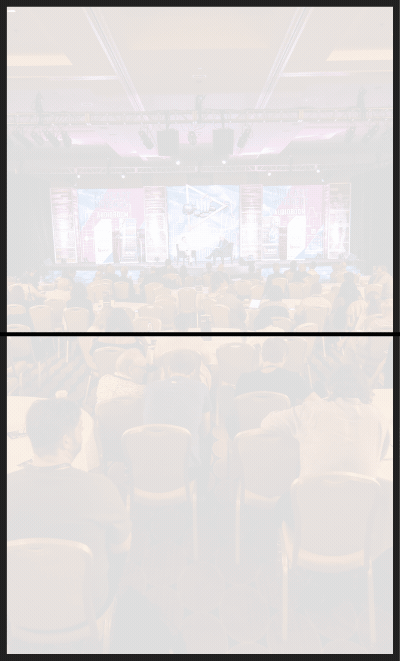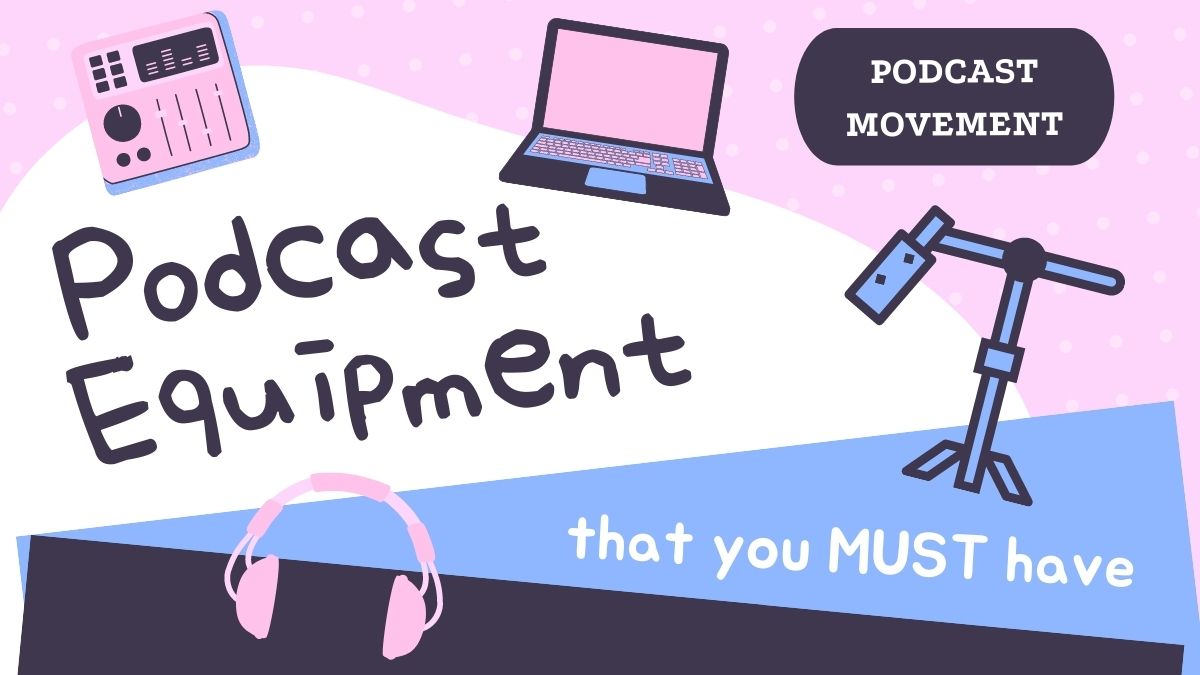“Someone with average organizational skills will make a greater impact
than the disorganized creative geniuses among us.”
– Scott Belsky
Generating a story idea is great, but executing it is worlds better. There’s no more reliable way to ensure your story crosses the finish line than by creating an organized process.

What’s the Point of a Process?
A process saves you from yourself. Too often we’re the saboteurs of our own time and efforts, giving in to videos on podcasting gear instead of rolling up our sleeves and doing the work (guilty as charged), or publishing an episode — even though we know it wasn’t our best effort — in order to move on to another we’re more excited about. Breaking us free from the burdens of being a podcaster in a distracting world, a process helps us:

Save time: So many thoughts. So little getting done. Basking in the sauna of ideas is an indulgence in which we all partake. After all, you get to kick back and let your brain pour water on the coals of possibility. It’s fun. It’s challenging. And — if we’re being honest with ourselves — it’s the easy part. But it’s not exactly efficient. A process saves you time by knowing what to focus on now and what to save for later.
Save brainpower: With a tidy workflow process comes a tidy mindset. When things are organized, you can expend your energy on what’s important: progressing your story. Also, having a process means you’re not reinventing the wheel for every episode.
Gain a competitive edge: There’s a reason most of us lack a process: Sticking to it is damn tough. But if we can battle through the difficulties, we’ll join the elite few and gain a competitive edge by producing better stories in shorter time frames. And let’s not forget our sanity. Thanks to our process, we’ll find ourselves with leftover brainpower for other creative endeavors, like creating fun podcast promos with Headliner or supporting our fellow podcasters in the Podcast Movement Facebook Group.
“There is usually an inverse relationship between how much
something is on your mind and how much it’s getting done.”
– David Allen

My 7-Day Podcast Process
For episodes of What We Do, I’m often on a 7-day production timeline. I’ve found that a week is the perfect amount of time for me to stay fresh through the entire editing process, while giving me ample time to reflect and iterate. My process breaks down like this:
Day 1: Time to Dig
What I do: Review the interview and take notes, draft a rough narrative sketch, and formulate the episode’s themes and thesis.
Why it matters: This is the excavation process where I sift through the interview and decide what I think will be the most interesting version of the story, what role my voiceover will play in telling the story, and what the ending might look like.
Day 2: Does it Work?
What I do: Write, record and sound design the opening.
Why it matters: The opening contains the seed of the episode’s bigger idea. If it’s not working, or lacks momentum and intrigue, then it’s time to reconsider the narrative approach.
Day 3 + 4: Hammer it Out
What I do: Write remainder of script and record voiceover.
Why it matters: This is where the episode starts taking shape. It’s important here to remember to be flexible. If there’s a better way to tell the story, then redirect your efforts accordingly.
Day 5: Dinner’s Ready
What I do: Complete rough draft of the episode and send for review.
Why it matters: On day five I finally get to sample the fruits of my labor by listening to the entire episode for the first time (prior to this moment, I edit sequences individually). If it tastes bad, I keep working on the recipe until it’s ready to send off for review.
Day 6: Mental Digestion
What I do: Step away to give time for a fresh look; start sorting through the next interview.
Why it matters: A major part of the process of working is not working at all. Get away so you can come back with new energy and new experiences that breathe life into your work.
Day 7: Release it to the Wild
What I do: Revisit the rough cut, making any additional edits; incorporate suggested edits.
Why it matters: After stepping away, it’s time to come back to your podcast episode with fresh eyes. Set your peepers to eagle-vision mode, because this is your last chance to rearrange, mend and spit shine your show before releasing it into the wild.
“A good system shortcuts the road to the goal.”
– Orison Swett Marden

Finished? Run a Pre-Emptive Failure Test
Ask yourself, “If this goes public now and fails, what will have caused it to fail?” This thought exercise plucks you from your blinded headspace of getting the job done. It places you in the mindset of being face-to-face with problems you've been overlooking, or blatantly ignoring, for the sake of reaching the finish line. It’s a tough part of the process, but a necessary one to take quality to the next level.
When’s Your Process Starting?
When you have your ducks in a row with a process, it brings your project into focus. No longer are you trying to remember what comes next or how you structure the opening introductions. It doesn’t take much to get the job done; just a drop of organization tames a bucket of complications.
Staying engaged with your process is an ongoing practice — the struggle is real and it’s totally normal. On occasion you might even find yourself shunning the framework. Maybe you’re bored with it or need to see things from a new angle for a bit. That’s okay. Stepping back from time to time allows you to find ways to improve the system. While you’re away, you’ll likely wonder how you ever functioned without a process in the first place.
So. When is your process starting? What will it look like?

Key Takeaways
- A process saves you from yourself
- Tidy process, tidy mindset
- A process keeps you from reinventing the wheel
- When your podcast episode is done, run a pre-emptive failure check
- Organization tames complication




Join the Movement